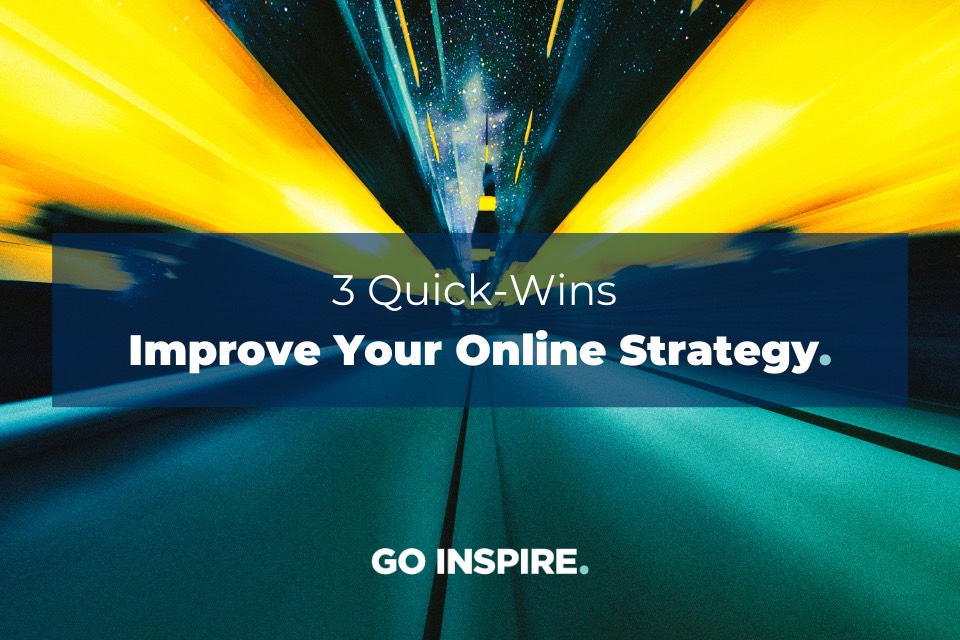How intelligent technologies are helping marketers predict challenges during the Covid-19 pandemic and beyond
By Saranya Babu, Senior Vice President of Marketing, Wrike
Marketing is undeniably one of the most important aspects of modern business strategy. Whether it’s developing a unique brand image, or carrying out specific campaigns to attract the right audience, the activities of the marketing department are at the centre of driving growth and revenue within any organisation.
This year, marketers have been presented with an entirely new and unexpected challenge – how to navigate a global pandemic. The economic uncertainty surrounding this ongoing crisis has forced many businesses to redefine their brand identity, in order to distinguish themselves from their competitors and survive.
While many businesses are accustomed to crisis management, the scale of this pandemic calls for a more comprehensive approach. In order to truly speak to their audiences during these unprecedented times and beyond, marketers must focus on developing a meaningful and consistent brand image, with each and every project being a success.
Make no mistakes with integrated insights
With businesses of all shapes and sizes facing a long road to recovery, tough decisions are being made across the board. Unfortunately, many marketing departments are bearing the brunt of industry-wide cut-backs. In fact, dips in business revenue have resulted in the largest ever decline in spending, with over 41% of UK firms reducing their marketing budgets in the third quarter of 2020 as a direct result of the pandemic.
During this time of turmoil, instant access to real-time performance metrics within existing work management platforms is essential for marketing teams, especially given the speed at which things are changing. The ability to examine the progress of ongoing projects and campaigns, their strengths and weaknesses, as well as potential areas for improvement can improve the chances of a successful outcome.
After all, marketing is dependent on the ability to juggle several tasks at once. This is a lot easier said than done when multiple ads, email, and social campaigns are running simultaneously. Operating on outdated information – even by a day or two – can adversely affect the final outcome of a project. Moreover, as the remote work era continues, visibility will become more important than ever before. The lack of face-to-face communication demands accurate performance metrics in order to track and analyse a campaigns’ progression at any given moment.
Ahead of the game
Many different things can derail a project. Additional costs, failure to meet deadlines, or unplanned modifications can all have a negative impact and, ultimately, cost a business – especially in our current landscape. In order to increase the likelihood of success for a project and limit any potential risk, marketing teams should look to predict and plan for a series of different possibilities from the offset.
This is where modern technologies – such as artificial intelligence (AI) and machine learning (ML) – come into play. These technologies can pinpoint at-risk projects and provide an early diagnosis, so that teams can take necessary action to minimise risk and solve any potential challenges before they even occur. By recognising signals and patterns based on hundreds of factors, including past campaign results, work progress, organisation history, and work complexity, the insights provided by these technologies can help to salvage entire projects.
With intelligent insights readily available, marketing teams can work towards prioritising matters of high-importance, such as mitigating and managing risk. This can be done by evaluating a project’s ‘risk tolerance’. In other words, how much can you allow before you need to act. This is a crucial step in any project management process, enabling marketers to choose the most effective response and ensure that resources are being used in the most effective way.
As competition rises and budgets shrink, marketing teams are under increasing pressure to deliver. Connecting with desired audiences through brand consistency, strong messaging, and impactful campaigns is still important. However – thanks to the increased pressures brought by the pandemic – there is no longer any room for error. Therefore, guaranteeing all activities are on course and risk is at an all-time-low must be a priority. While there isn’t a single ingredient for success during these unprecedented times, integrated insights and AI and ML technologies could play a significant part in enabling marketing teams to predict and mitigate any possible risks ahead of time.





